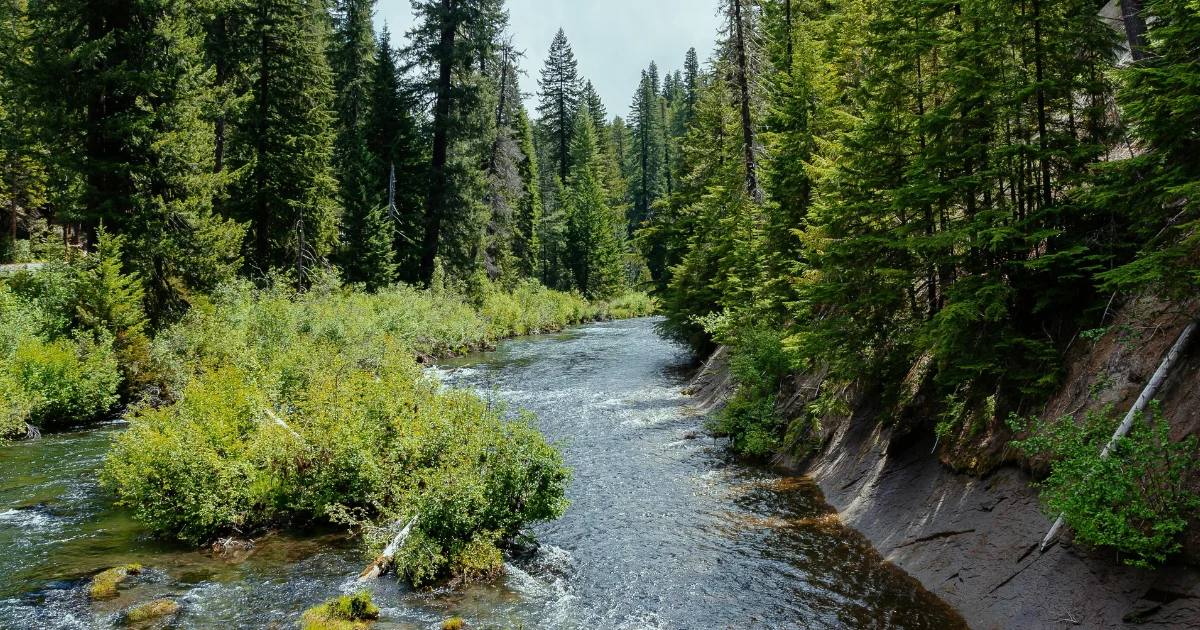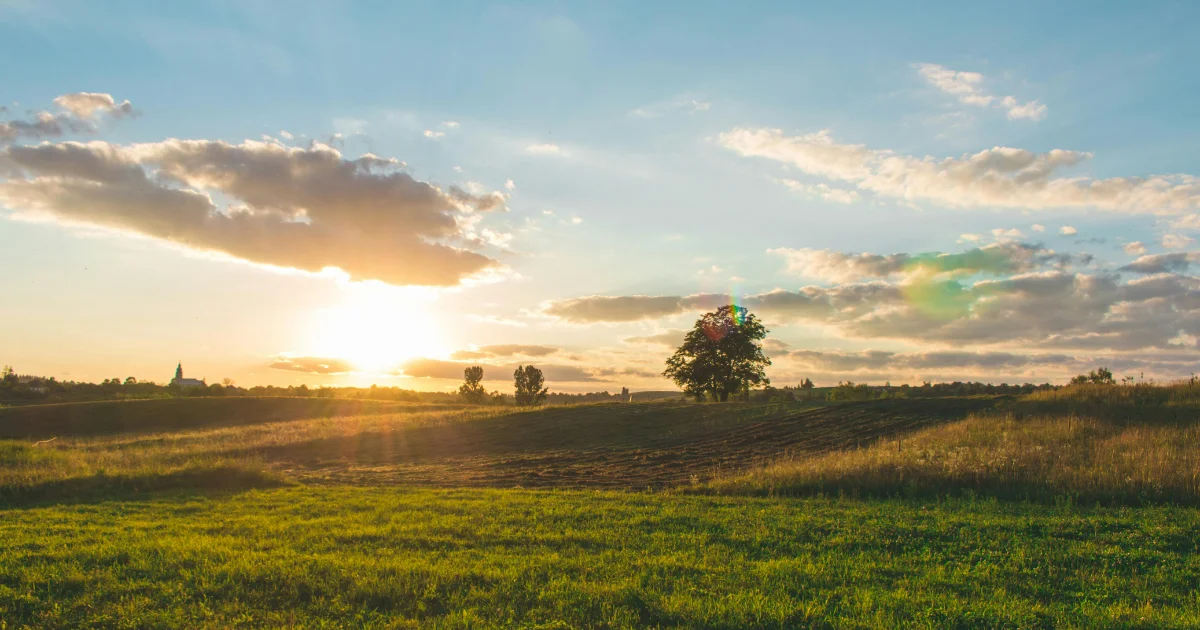Why Forests Cool the Earth
Forests play a crucial role in maintaining the Earth’s temperature, making them one of the most effective natural tools in combating global warming. Their ability to cool the planet extends beyond providing shade, involving complex processes that regulate climate, reduce greenhouse gases, and support the global water cycle. In this article, we’ll explore the many ways forests help cool the Earth and why preserving them is essential for our future.
Forests Absorb Carbon Dioxide
Forests act as massive carbon sinks, absorbing significant amounts of CO2 from the atmosphere.
How it works: Trees absorb CO2 during photosynthesis and store it in their trunks, roots, and leaves.
Impact on climate: By removing CO2, a major greenhouse gas, forests reduce the heat trapped in the atmosphere, slowing global warming.
According to studies, tropical forests alone absorb about 1.5 billion metric tons of CO2 annually, making them indispensable for climate regulation.
Forests Release Water Vapor Through Transpiration
Forests contribute to the cooling of the atmosphere through a process called transpiration.
The process: Trees absorb water from the soil, which is released into the air through tiny openings in their leaves as vapor.
Cooling effect: This process cools the surrounding air, similar to how sweating cools the human body.
This cooling effect is especially significant in tropical and temperate forests, where dense tree cover leads to large-scale water vapor release.
Forests Create and Maintain Clouds
Forests play a role in cloud formation, which helps reflect sunlight and reduce global temperatures.
How it happens: Trees release volatile organic compounds (VOCs) and water vapor, which interact with atmospheric particles to form clouds.
Why it matters: Clouds act as a shield, reflecting solar radiation back into space and preventing excessive heat from reaching the Earth’s surface.
Forests Provide Shade and Reduce Surface Heat
Tree canopies block direct sunlight, preventing the ground and nearby structures from absorbing heat.
Local cooling: Areas with dense tree cover are significantly cooler than barren or urban areas.
Impact on urban areas: Forested parks and green spaces in cities help combat the urban heat island effect, where concrete and asphalt retain excessive heat.
Forests Regulate the Water Cycle
Forests influence precipitation patterns and maintain humidity levels, which help cool the Earth.
Rainforest role: Tropical forests like the Amazon generate moisture that contributes to rainfall, keeping ecosystems and agricultural regions cooler.
Global impact: Forests release water vapor that affects regional and even global weather systems.
Forests Reduce Wind Speed
Dense forests act as natural barriers, slowing down winds that carry heat across landscapes.
Temperature control: By reducing wind speed, forests help stabilize local temperatures and prevent extreme heat.
Forests Store Carbon in the Soil
In addition to absorbing CO2, forests help trap carbon in the soil.
How it works: Dead leaves, branches, and organic matter decompose and become part of the soil.
Benefit: This stored carbon stays out of the atmosphere for centuries, reducing global warming effects.
The Consequences of Deforestation
The loss of forests through deforestation and land clearing has a devastating impact on Earth’s ability to stay cool.
Increased CO2 levels: When trees are cut or burned, the stored carbon is released back into the atmosphere, exacerbating global warming.
Disrupted water cycles: Loss of forests leads to reduced rainfall and drier climates, worsening heat conditions.
Heat absorption: Without tree cover, exposed land absorbs more sunlight, raising surface temperatures.
Why Protecting Forests Is Crucial
Preserving forests is not just an environmental responsibility but a necessity for human survival.
Combat climate change: Forest conservation slows global warming and stabilizes temperatures.
Preserve biodiversity: Forests support diverse ecosystems, contributing to the planet’s overall health.
Support livelihoods: Millions of people depend on forests for food, medicine, and income.
How You Can Help
Everyone can contribute to forest preservation and cooling the planet:
Plant trees: Join reforestation programs or plant trees in your community.
Reduce consumption: Use recycled paper and wood products to minimize deforestation.
Support policies: Advocate for forest conservation laws and sustainable agricultural practices.
Raise awareness: Educate others about the importance of forests in combating climate change.
Relevant post: In impressive trees influence the climate in 2024
Other Relevant: Trees and Climate Change: How Forests Benefit the Climate
Conclusion
Forests are Earth’s natural air conditioners, working tirelessly to keep our planet cool and livable. Through carbon absorption, water cycle regulation, and cloud formation, they play a vital role in combating global warming. Protecting forests is not just an environmental effort—it’s a commitment to ensuring a sustainable future for generations to come.




